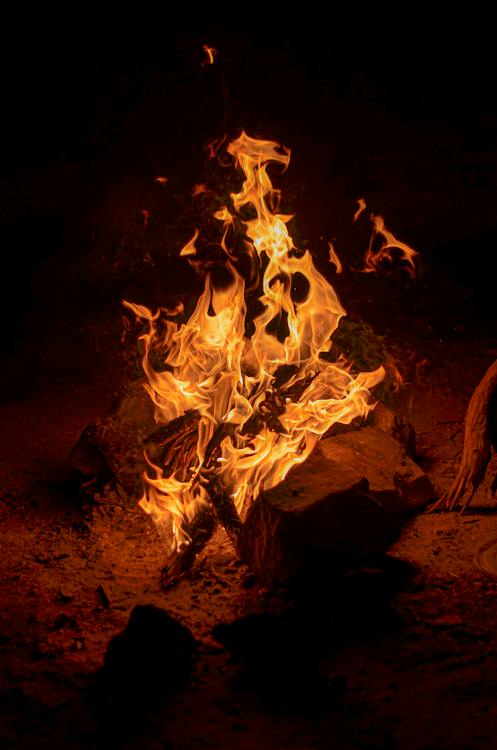Apart from the major holidays, Judaism has minor holidays. These minor holidays are observed without any special prayers or any religious requirements or restrictions. They may be observed by certain communities or sectors, and may or may not have various customs associated with them. One of the minor Jewish holidays is Lag B’Omer (also spelled Lag BaOmer).
What does “Lag B’Omer” mean?
The phrase “Lag B’Omer” literally means the 33rd day of the Omer. The Omer is a 49-day period between the end of Passover and Shavuot. The numerical value of the Hebrew letter lamed is “30,” and the value of gimel is “three.” When lamed and gimel are put together, it is pronounced as lahg, thus “33.”
The counting of the Omer is derived from the practice of counting the days from the barley offering at the Temple to the day of the wheat offering on Shavuot, in the Torah.
Lag B’Omer is a one-day holiday that falls on the 18th day of Iyar on the Jewish calendar, or April to May of the Gregorian calendar on varying dates.
Lag B’Omer’s origins
Why do some Jewish communities celebrate Lag B’Omer? There are a few explanations behind it, but none of them is clear and definitive.
The Omer is a period of semi-mourning, so activities such as weddings, parties, and events with music and festivities are forbidden. Observant Jews do also not cut their hair, as a gesture of grief. According to anthropologists, many people have similar periods of restraint during the early days of spring as their expression of concern towards the growth of their crops.
However, the most cited and popular explanation for this practice comes from the Talmud, which tells us about a divinely-sent plague that killed Rabbi Akiva’s 24,000 students during the counting of the Omer. The Talmud goes on to say that the plague came as a punishment because those students did not respect each other. The mourning behavior is presumed to be in the memory of those students and their tragic fate.
According to tradition, Lag B’Omer marks the end of the plague that had killed Rabbi Akiva’s disciples. For some believers, the mourning period of Omer ends on Lag B’Omer.
Lag B’Omer is the one day during the 49 days of the Omer, which are considered the days of semi-mourning. Weddings, festive gatherings with music and cutting of hair are prohibited during this period of mourning. However, those restrictions are lifted during Lag B’Omer and so celebrating and festivities are allowed.
The Bar Kochba revolt and Shimon bar Yochai
Another theory for this holiday concerns one of Rabbi Akiva’s few students who survived in the Bar Kochba revolt, Shimon bar Yochai (or Yohai). He is said to have died on the 33rd day of the Omer, which is Lag B’Omer.
Rabbi Akiva was an ardent supporter of military leader Simon bar Kosevah, who became known as Bar Kochba. Rabbi Akiva had pinned his hopes on Bar Kochba and even believed him to be the long-awaited Messiah.
During the 2nd century CE, Bar Kochba led a rebellion against the Roman Empire, which did not only become unsuccessful, but also ended up disastrously. Many of Rabbi Akiva’s students joined in Bar Kochba’s rebellion and were killed among the thousands of Judeans when the rebellion failed. Bar Yochai was among those of the few Judeans who survived in the revolt. See the Bar Kochba Cave Gallery.
The Talmudic rabbis, still suffering under Roman rule, were cautious about making open references to the past rebellions. They may have been making allusions to those deaths when they spoke of the plague among Rabbi Akiva’s students. It is also possible that Lag B’Omer is seen as a respite from the battle, a temporary victory.
Bar Yochai is widely regarded as the author of the Zohar, the major text of the Jewish mysticism called kabbalah.
Customs on Lag B’Omer
Since Lag B’Omer is a traditionally held as a break from mourning, it is a joyous and festive occasion. Many Jews hold weddings every year on Lag B’Omer. Schoolchildren go outdoors for picnics and playing with bows and arrows – perhaps re-enacting the scenes from the battles of Rabbi Akiva’s students. It is also customary to plant trees on Lag B’Omer, especially here in Israel.
But probably the most popular activity on Lag B’Omer is creating a bonfire. Here in Israel, on Lag B’Omer, people flock to the site of Bar Yochai’s tomb in the village of Meron in Galilee (near Tzfat or Safed). At the site, people would light bonfires and sing kabbalistic hymns.
Hasidic Jews follow the tradition of bringing their three-year-old sons to Meron to have their hair cut for the first time. This custom is probably an extension of the law that forbids picking of the fruits of a newly planted tree until after its first three years.
